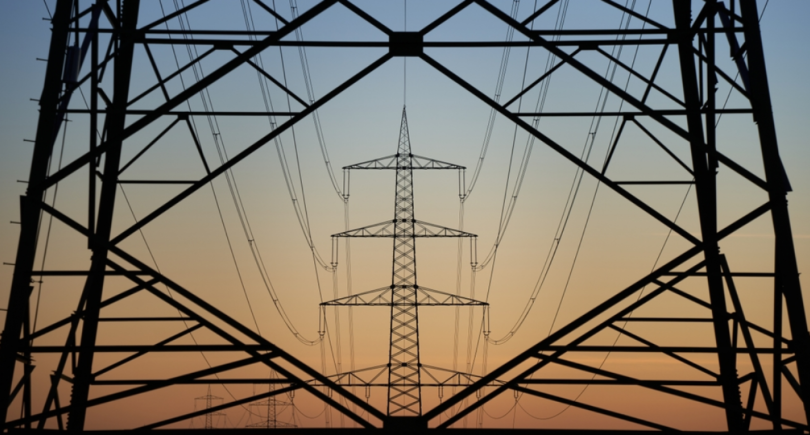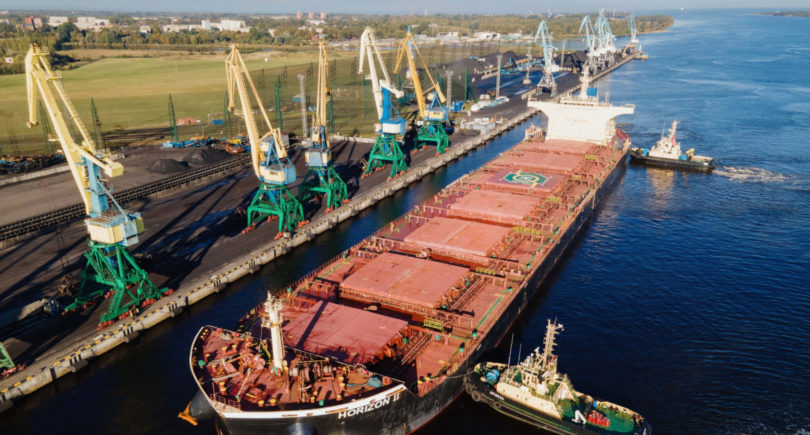
News Infrastructure Poland 3275 30 April 2024
Сargo transshipment increased by 14.3% compared to 2022
In 2023, Polish seaports reduced the transshipment of iron ore and scrap by 18.5% compared to 2022, to 2.49 million tons. This is evidenced by the data of the Statistical Service of Poland.
The transshipment of coal and coke amounted to 19.9 million tons for the year, which is 11.3% less than in 2022.
The total volume of cargo transshipment in 2023 in the ports of Poland amounted to 135.95 million tons, which is 14.3% more than in 2022:
- the port of Gdańsk – 79.63 million tons (+26.1% y/y);
- Gdynia – 25.53 million tons (+10.6% y/y);
- Szczecin – 11.82 million tons (+5.4% y/y);
- Swinoujscie – 17.76 million tons (-11.2% y/y);
- Shelves – 766.4 thousand tons (-36.8% y/y).
Liquid bulk cargo was handled at 53.1 million tons (+36.7% y/y), bulk cargo – 41.9 million tons (+0.5% y/y), containers – 26.85 million tons (+18% y/y), ro-ro – 8.7 million tons (-10.1% y/y), and other general cargo – 5.4 million tons (-10.2% y/y).
Since the beginning of the full-scale invasion of Ukraine, Ukrainian exporters, in particular the iron and steel industry, have been actively using Polish ports. At the same time, Polish port operators are reluctant to transship Ukrainian mining and metals products, although this direction is important for Ukrainian shippers. Companies face the following problems when exporting through Polish ports:
- priority for own cargo;
- lack of port capacity for transshipment (loading/unloading) of Ukrainian exports;
- lack of warehouse space for the accumulation of shipping lots.
In 2024, the volume of Ukrainian cargoes shipped through Polish ports is likely to decrease significantly, as some of them will be shipped by Ukrainian ports after the sea corridor starts operating in August 2023.
As GMK Center reported earlier, rail transportation in Poland in 2023 decreased by 3.2% compared to 2022 to 230 million tons. Кail transportation last year amounted to 570.3 million tons, down 2.2% compared to 2022, which is the lowest result in the last three years.



